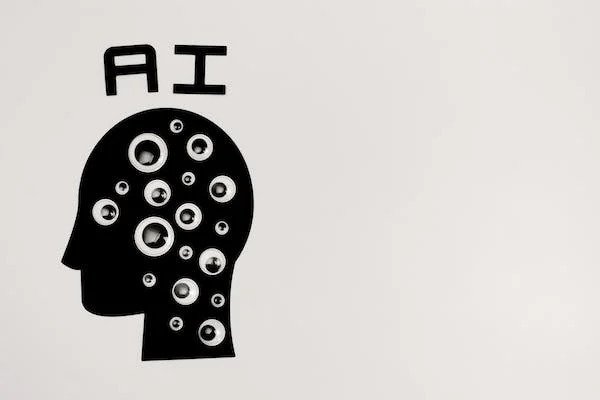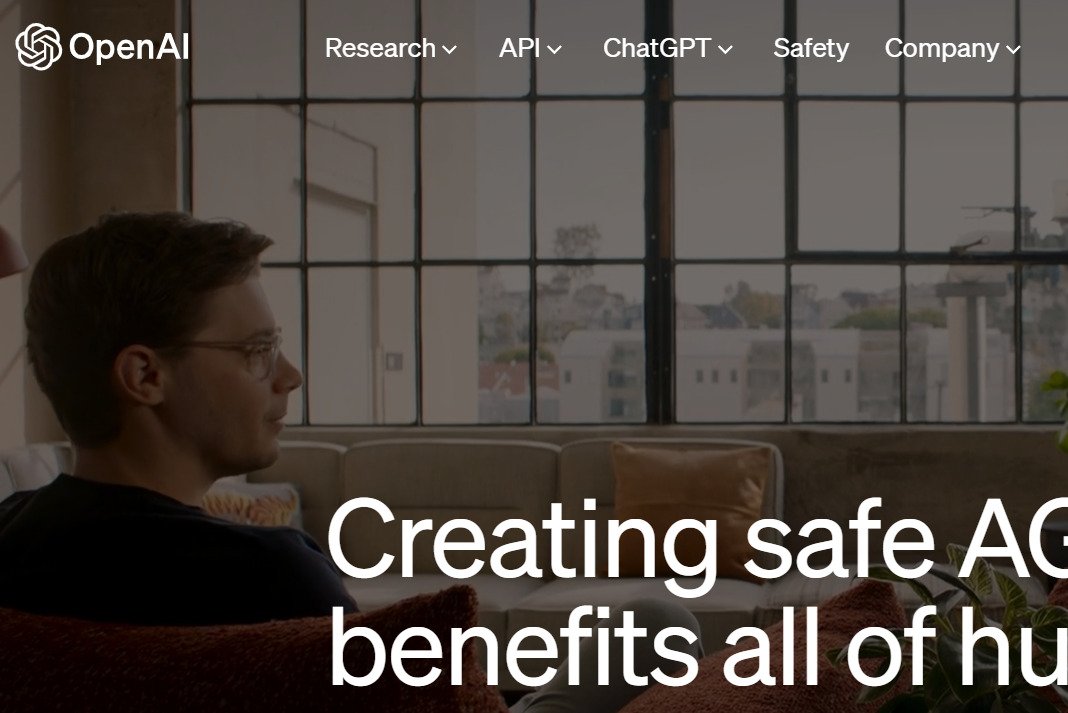In a recent turn of events, Open AI which created the transformative chatGPT fired its co-founder and CEO Sam Altman. The reason for this was that Sam has been inconsistent in his communication with the board of directors. It is a piece of shocking news for technology enthusiasts as right after chatGPT thunderous success, Sam’s reputation as a Silicon Valley genius sky-rocketed. He has been a start-up guy since his twenties.
Sam Altman who is now thirty-eight years old, was also approached by the famous start-up Y Combinator to take up the role of a president in the company. Sam started his career in the world of start-ups with Y-Combinator and played a key role in helping it reach where it is today.
OpenAI, or OpenAI LP, is an artificial intelligence research laboratory consisting of the for-profit OpenAI LP and its non-profit parent company, OpenAI Inc. It was founded with the goal of advancing digital intelligence in a way that benefits humanity as a whole.
Here are some key points about OpenAI
- Principles: OpenAI is committed to principles such as broadly distributed benefits, long-term safety, technical leadership, and cooperative orientation. They aim to use any influence they obtain over AGI to ensure it is used for the benefit of all and to avoid enabling the use of AI.
- Structure: OpenAI operates as a for-profit organization, OpenAI LP, which is the primary entity, and a non-profit organization, OpenAI Inc. The non-profit is dedicated to ensuring that AGI benefits all of humanity, and that any influence over AGI’s deployment is used for the common good.
- Research and Development: OpenAI is actively involved in cutting-edge research in artificial intelligence. They publish most of their AI research to contribute to the global community’s knowledge. However, they also acknowledge that safety and security concerns may reduce their traditional publishing in the future.
- Leadership: Sam Altman was the CEO as of my last knowledge update in January 2023. Notable figures such as Greg Brockman (CTO) and Ilya Sutskever (Chief Scientist) have played crucial roles in the organization.
- Partnerships: OpenAI collaborates with other research and policy institutions. They aim to create a global community to address AGI’s global challenges.
Remember that the information might have changed since my last update, so it’s a good idea to check OpenAI’s official channels for the latest developments.
ChatGPT, like other models developed by OpenAI using the GPT (Generative Pre-trained Transformer) architecture, works by leveraging deep learning techniques to generate human-like text based on the input it receives.

How ChatGPT Works?
- Architecture: ChatGPT is based on the Transformer architecture. The Transformer architecture is a type of neural network architecture designed to process sequential data efficiently. It uses self-attention mechanisms to weigh the importance of different words in a sequence, enabling it to capture context and relationships effectively.
- Pre-training: Before being fine-tuned for specific tasks, ChatGPT undergoes a pre-training phase. During pre-training, the model is exposed to a vast amount of diverse and unlabeled text from the internet. The objective is for the model to learn the statistical patterns, relationships, and structures present in the data.
- Fine-tuning: After pre-training, the model is fine-tuned on a more narrow dataset with specific tasks in mind. For ChatGPT, fine-tuning may involve using datasets that contain conversational data to make the model more suitable for generating human-like responses in a chat-based setting.
- Prompt-based generation: To use ChatGPT, you provide it with a prompt or a series of prompts as input. The model then generates a continuation or response based on the patterns it has learned during pre-training and fine-tuning. The generated output is a result of the model predicting the next sequence of words that are likely to follow the given input.
- Contextual understanding: One of the strengths of GPT models is their ability to understand and generate contextually relevant responses. They can maintain context over a series of interactions, making them well-suited for tasks like chat-based conversations.
Conclusion
It’s important to note that ChatGPT does not have true understanding or consciousness. It doesn’t possess awareness or knowledge of the world; rather, it relies on patterns learned from the training data. The quality of its responses depends on the diversity and quality of the training data and the fine-tuning process.
The training process involves complex mathematical optimization and adjustments to the model’s parameters to minimize prediction errors. The resulting model, like ChatGPT, can generate coherent and contextually relevant text in response to user inputs.


































